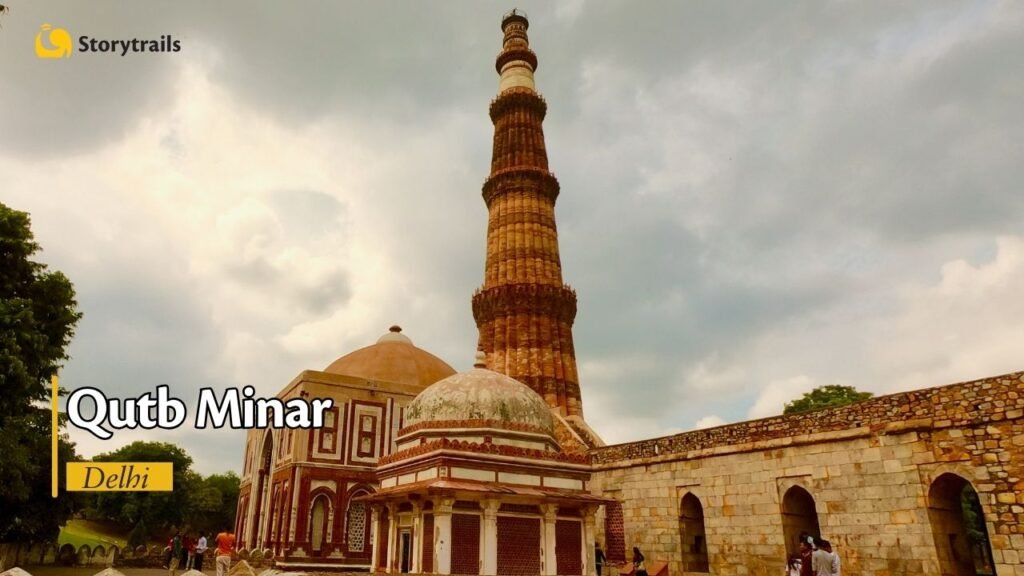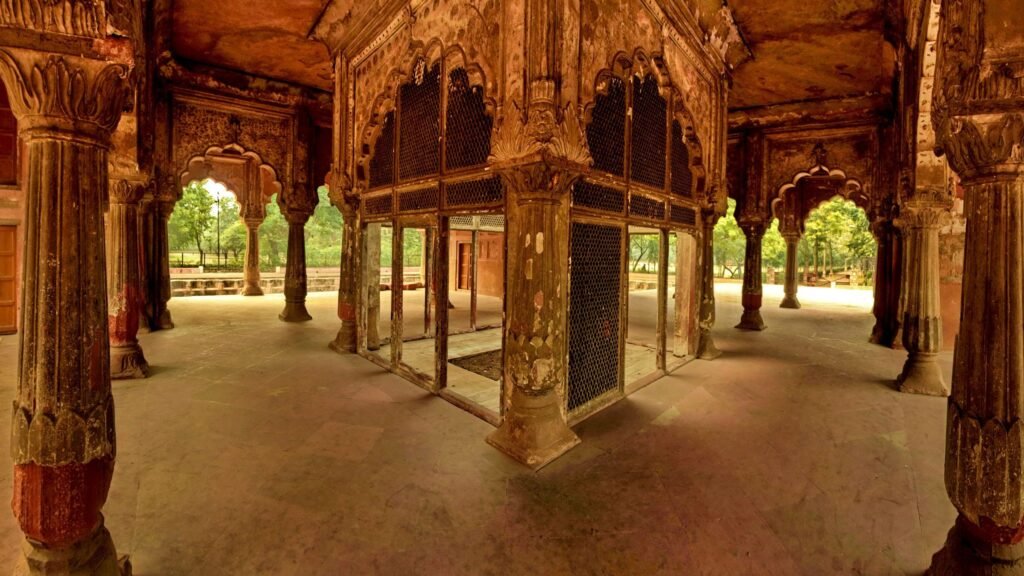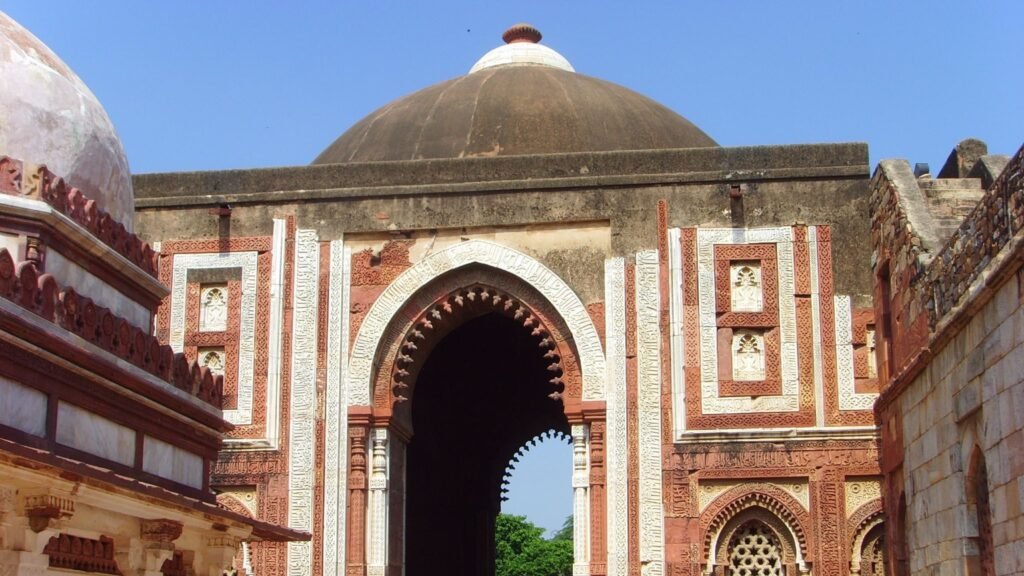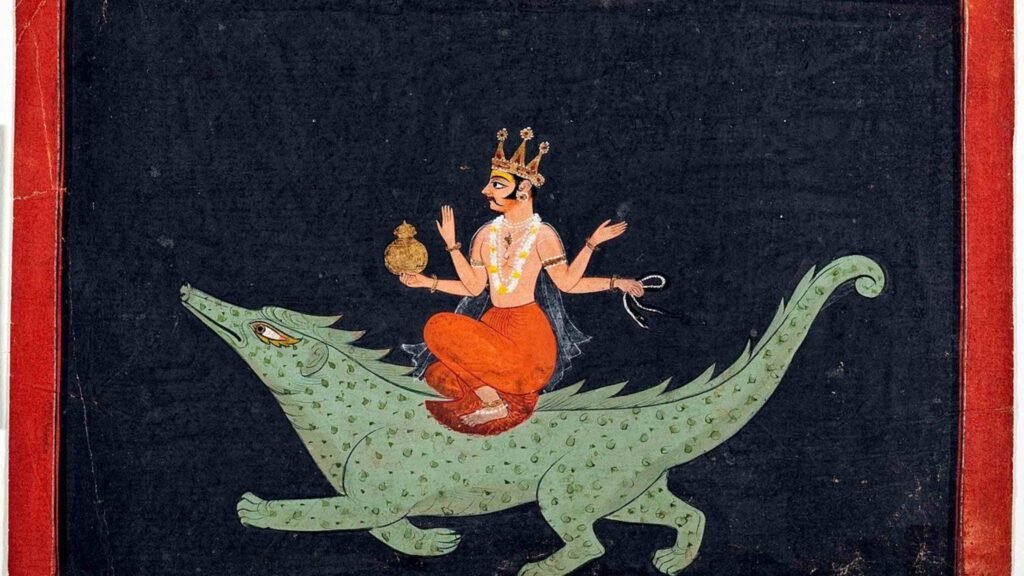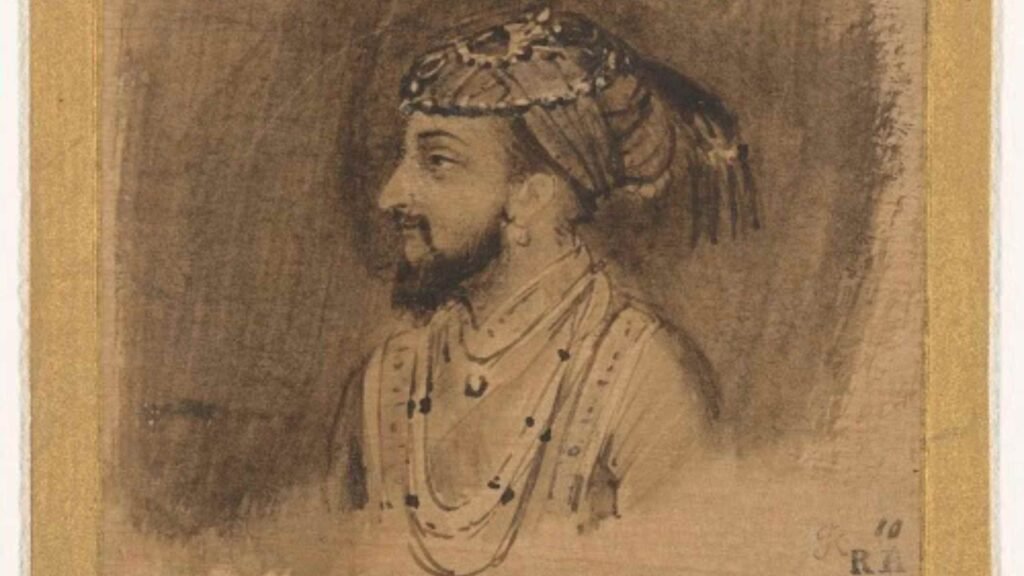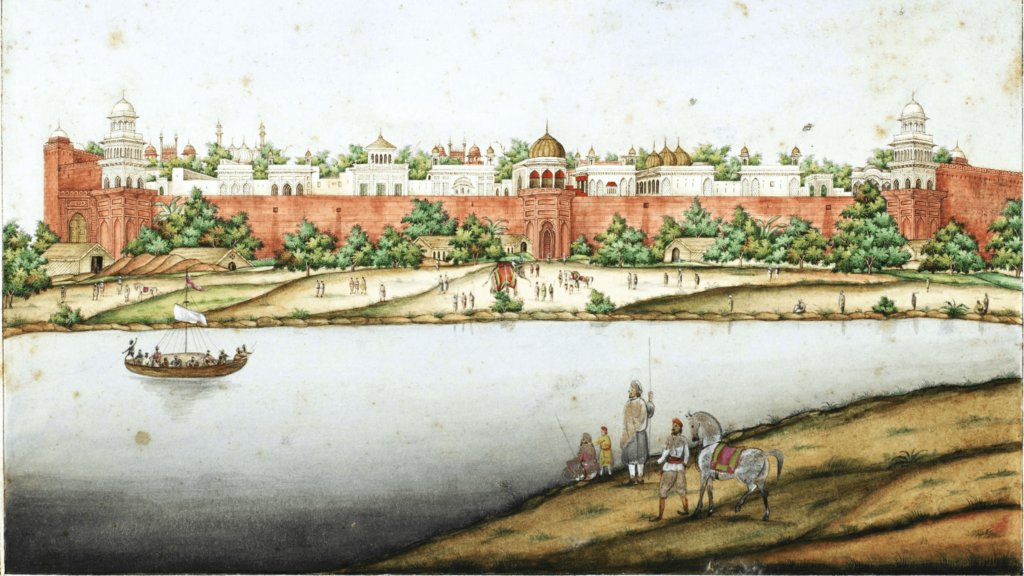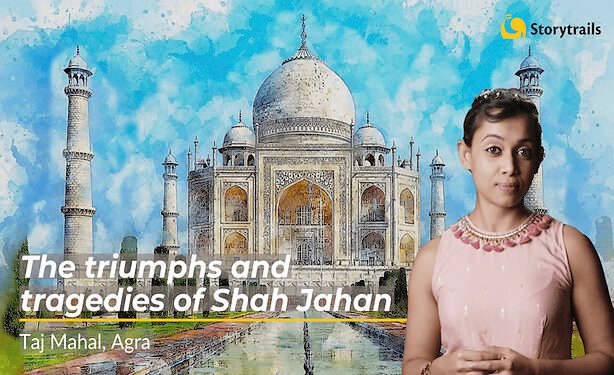1. East India Company – By TRAJAN 117 This W3C-unspecified vector image was created with Inkscape . – Own work, based upon [1], CC BY-SA 3.0, https://commons.wikimedia.org/w/index.php?curid=15648243
2. Amravati Marbles – By Ricardo Tulio Gandelman from Rio de Janeiro, Brazil – P1050858Uploaded by Marcus Cyron, CC BY 2.0, https://commons.wikimedia.org/w/index.php?curid=30196579
3. Amravati Marbles – By Gryffindor – Own work, CC BY-SA 3.0, https://commons.wikimedia.org/w/index.php?curid=15250642
4. Amravati Marbles – By Soham Banerjee – https://www.flickr.com/photos/soham_pablo/395199242/sizes/l/in/photostream/, CC BY 2.0, https://commons.wikimedia.org/w/index.php?curid=24744707
5. Peacock Throne – By Unknown author – [1], Public Domain, https://commons.wikimedia.org/w/index.php?curid=30504903
6. Koh-i-noor – By aiva. – This file has been extracted from another file: Replica of the Koh-i-Noor.jpg, CC BY 2.0, https://commons.wikimedia.org/w/index.php?curid=92653696
7. Red Fort – By Hemant banswal – Own work, CC BY-SA 4.0, https://commons.wikimedia.org/w/index.php?curid=54675147
8. Shah Jahan – By Bichitr – Chester Beatty Library, Public Domain, https://commons.wikimedia.org/w/index.php?curid=7421731
9. Diwan-i-khaas – By Ghulam ‘Ali Khan (fl.1817-1852) – http://www.bl.uk/onlinegallery/onlineex/apac/addorimss/t/019addor0004694u00000000.html, Public Domain, https://commons.wikimedia.org/w/index.php?curid=20034083
10. Timur Ruby – https://thejewelerblog.files.wordpress.com/2015/06/timur1.jpg
11. Daria-i-noor – By Unknown author – Collection of the national jewels of Iran at Central Bank of Islamic Republic of Iran, Public Domain, https://commons.wikimedia.org/w/index.php?curid=40817749
12. Kakatiya Dynasty – By B.Sridhar Raju – Own work, CC BY-SA 3.0, https://commons.wikimedia.org/w/index.php?curid=21283023
13. Alauddin Khilji – By Unknown author – Copied from old school textbook of Afghanistan, Public Domain, https://commons.wikimedia.org/w/index.php?curid=7896648
14. Babur – By Unknown author – Cropped from File:Babur.2.jpg, Public Domain, https://commons.wikimedia.org/w/index.php?curid=29562357
15. Humayun – By LACMA – https://collections.lacma.org/node/172754, Public Domain, https://commons.wikimedia.org/w/index.php?curid=7908166
16. Nader Shah – By Unknown author – وبگاه تبیان, Public Domain, https://commons.wikimedia.org/w/index.php?curid=6374416
17. Ahmad Shah Durrani – By Original drawing by ’Abd al-Ghafur Breshna, this painting by Tapand – Flickr, Public Domain, https://commons.wikimedia.org/w/index.php?curid=5557293
18. Shah Shuja Duranni – By Print made by: Lowes Cato DickinsonAfter: Sir Vincent Eyre – https://www.britishmuseum.org/collection/object/P_1970-0527-2-4, Public Domain, https://commons.wikimedia.org/w/index.php?curid=90325643
19. Maharaja Ranjit Singh – By Colonel James Skinner (1778-1841) – Tazkirat al-umarāhttps://www.bl.uk/collection-items/illustration-of-maharaja-ranjit-singhhttp://www.bl.uk/onlinegallery/onlineex/apac/other/033add000027254u00176v00.html, Public Domain, https://commons.wikimedia.org/w/index.php?curid=20578824
20. Duleep Singh – By James Duffield Harding (1797-1863) after Charles Stewart Hardinge (1822-1894) – British LibraryThis is a retouched picture, which means that it has been digitally altered from its original version. Modifications: dewatermarked bottom right corner, color curve adjusted. Modifications made by Saibo. The original can be found here: see file history., Public Domain, https://commons.wikimedia.org/w/index.php?curid=4310173
21. James Broun-Ramsay, 1st Marquess of Dalhousie – By George Richmond – Taken from The Life of the Marquess of Dalhousie, K.T., by Sir William Lee-Warner, K.C.S.I., London, 1904, vol.1, frontespiece. Out of copyright., Public Domain, https://commons.wikimedia.org/w/index.php?curid=25522015
22.Tomb of Alauddin Khilji – By stevekc – originally posted to Flickr as Qutub Minar, CC BY 2.0, https://commons.wikimedia.org/w/index.php?curid=7594241
23. Humayun’s Tomb – By User:Eatcha and thanks to W.carter, for the editing – Own work, CC BY-SA 4.0, https://commons.wikimedia.org/w/index.php?curid=77189570
24. Shah Jahan on the peacock throne – By Govardhan(?), Public Domain, https://commons.wikimedia.org/w/index.php?curid=19251183
25. Shah Jahan with his sons – By Mughal – http://www.columbia.edu/itc/mealac/pritchett/00routesdata/1600_1699/shahjahan/drawings/drawings.html, Public Domain, https://commons.wikimedia.org/w/index.php?curid=19175067
26. Nader Shah on the peacock throne – By Anonymous – http://www.sdmart.org/collections/Asia/item/1990.407, Public Domain, https://commons.wikimedia.org/w/index.php?curid=24924691
27. Nader Shah’s jewelery – By Siroos777 – http://en.wikipedia.org/wiki/Image:Nader_Shah_Jewels_3_-_edited.png, Public Domain, https://commons.wikimedia.org/w/index.php?curid=1565083
28. Battle of Panipat – By Painters of Babur – Baburnama, Public Domain, https://commons.wikimedia.org/w/index.php?curid=22569222
29. Afsharid Empire – By Cannon223 – Own work, CC BY-SA 4.0, https://commons.wikimedia.org/w/index.php?curid=102397087
30. Coronation of Ahmad Shah Durrani – By Ustad Abdul Ghafur Breshna – 1943 book Ahmad Shah Baba-ye Afghan by Mir Gholam Mohammad Ghobar, facing page 90.http://zeroanthropology.net/all-posts/m-jamil-hanifi-editing-the-past-colonial-production-of-hegemony-through-the-loya-jerga-in-afghanistan/http://www.freewebs.com/tawabwahab/apps/photos/photo?photoid=55306147, Public Domain, https://commons.wikimedia.org/w/index.php?curid=20065764
31. Sikh Empire – By Jangvijay – This file was derived from: Sikh Empire.JPG, CC BY-SA 4.0, https://commons.wikimedia.org/w/index.php?curid=54460107
32. Jagannath Temple, Puri – By Subham9423 – Own work, CC BY-SA 4.0, https://commons.wikimedia.org/w/index.php?curid=97240150
33. Buckingham Palace – Public Domain, https://commons.wikimedia.org/w/index.php?curid=560825
34. Queen Victoria wearing the Koh-i-Noor – By Franz Xaver Winterhalter – This file has been extracted from another file: Franz Xaver Winterhalter Queen Victoria.jpg, Public Domain, https://commons.wikimedia.org/w/index.php?curid=100483067
35. Re-cutting the Koh-i-Noor 1852 – By From The Illustrated London News. 24 July 1852. p. 53., Public Domain, https://en.wikipedia.org/w/index.php?curid=49093331
36. Queen Mary’s Crown – By Cyril Davenport (1848 – 1941) – G. Younghusband; C. Davenport (1919). The Crown Jewels of England. London: Cassell & Co. p. 18. (published in the US by Funk & Wagnalls, NY). For copyright notice, see The Jewel House (1921) opp. page 41., Public Domain, https://commons.wikimedia.org/w/index.php?curid=69074288

